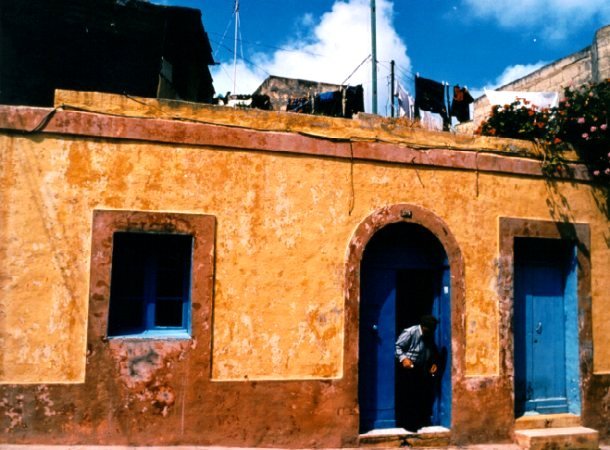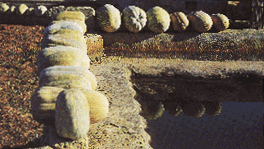
Click here!
Siggiewi Now and Then.

 |
This village in the south of the island has gone through big changes during the last fifty years or so. Infact it has grown bigger and has extended from three sides of the original village, namely the Ghar Lapsi side, Rabat side and Zebbug side. The population has grown from around 2400 in 1921 to the present figure of over 7000 habitants. |
| The houses that one can find in the village differ a lot from those that one could find in the first part of this century. One can find a lot of modern terraced houses, modern flats, villas and a considerable amount of old dwellings that have been changed into houses of character. |  |
 |
The style of living has also changed tremendously. Whereas in the past, this village was mainly a farming village, |
nowadays though farmers are still to be found, their number has gone down considerably besides the fact that the farming methods have changed a lot, for the better, through the inroduction of modern farming machinery.
 |
Another difference that one can notice is the fact that certain types of trades that existed in the past such as people running a tailor's shop, shoemender's shop and Bakeries (FRAN) have all disappeared. |
Cars and motor vehicles have taken the place of the bicycle and horse drawn carts. Tractors and modern farning machines are now being used instead of the traditional plough and other conventional farming equipment.
The public transport to and from this village to the capital of Malta, Valletta, was first introduced in 1929.
 |
The first bus used was owned by Joseph Tonna and this was yellow in colour with a red stripe. Infact this had the same colour that is nowadays being used by all scheduled busses all over the island. |
The games played by the village children have also changed greatly. The modern computer and video games have replaced the traditionl popular games which were so popular in older days. These included the "cirku" which was a type of wheel guided by a rod, beads, glass marbles and various types of tops.
Nowadays one can find quite a few modern shops all around the village. These include super markets, modernly designed boutiques, stationery shops, hairdressers, white good dealers, very well stocked ironmongers and confectionery shops. In older days road hawkers mainly dominated the business community. These included the fishmonger, the coal seller, the tinsmith, the poultry seller and the seller of marinated commodities. Other seasonal hawkers used to sell prickly pears, figs, snails and blackberries. Due to the fact that in older days gas and electric cookers were almost inexistent in homes, the number of bakeries (Fran) in the village were more abundant than today. Besides the production of bread for the village people, these bakeries were also used by the habitants to send their "baked" food for it to be baked.
| The feast of St. Nicholas used to take place on the 6th December each year, and although even nowadays there ia a small celebration of the feast in December, the main feast is now held on the last Sunday of June of each year. |
Right up to a few years ago there was only one village band, the St. Nicholas Band Club but about ten or twelve years ago we saw the introduction of a new band club, the Siggiewi Festival Brass Band and Social Club. Both of these bands greatly contribute to make our village feast one of the most enjoyable feasts on the island.
In the past the main calendar events of the village included L-Imnarja (29th June), Christmas day, New Year's Day, Carnival, The Holy Week Corpus Christi besides the feast of the patron saint. Although all of these are still being celebrated, the enthusiasm for some of them is not so great as before. One example is that of Imnarja which was very popular with the villagers but nowadays not so popular especially with the younger generation.
![]()
This Page was last Updated On
15/07/98 10:01:22
![]()